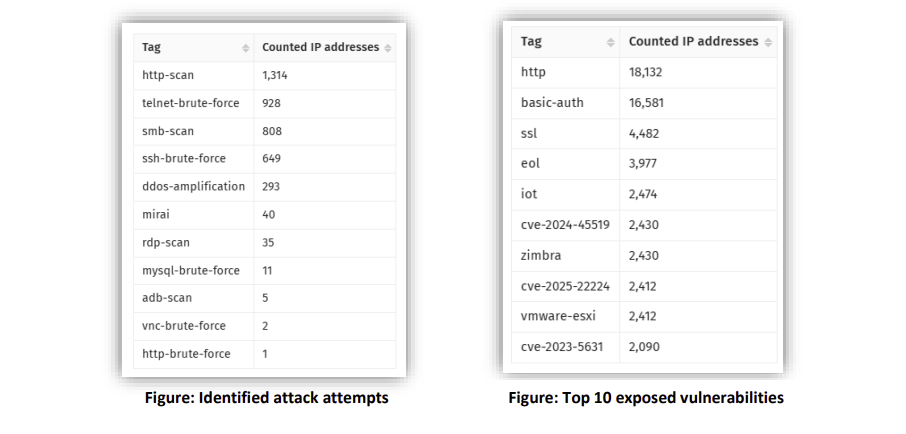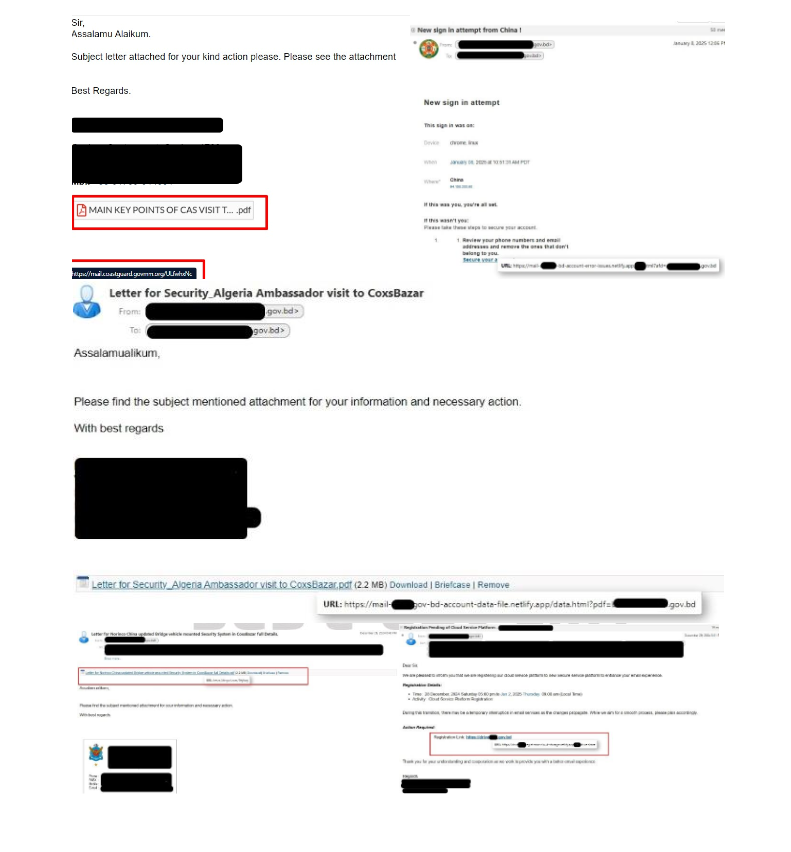CVE-2017-3142: An error in TSIG authentication can permit unauthorized zone transfers
by CIRT Team
Description: An attacker who is able to send and receive messages to an authoritative DNS server and who has knowledge of a valid TSIG key name may be able to circumvent TSIG authentication of AXFR requests via a carefully constructed request packet. A server that relies solely on TSIG keys for protection with no other ACL protection could be manipulated into:
- providing an AXFR of a zone to an unauthorized recipient
- accepting bogus NOTIFY packets
Impact: An unauthorized AXFR (full zone transfer) permits an attacker to view the entire contents of a zone. Protection of zone contents is often a commercial or business requirement.
If accepted, a NOTIFY sets the zone refresh interval to ‘now’. If there is not already a refresh cycle in progress then named will initiate one by asking for the SOA RR from its list of masters. If there is already a refresh cycle in progress, then named will queue the new refresh request. If there is already a queued refresh request, the new NOTIFY will be discarded. Bogus notifications can’t be used to force a zone transfer from a malicious server, but could trigger a high rate of zone refresh cycles.
Mitigation: Security update is available in official site.
Reference URL’s:
- https://kb.isc.org/article/AA-01503/74/CVE-2017-3143
- https://access.redhat.com/security/cve/CVE-2017-3143











